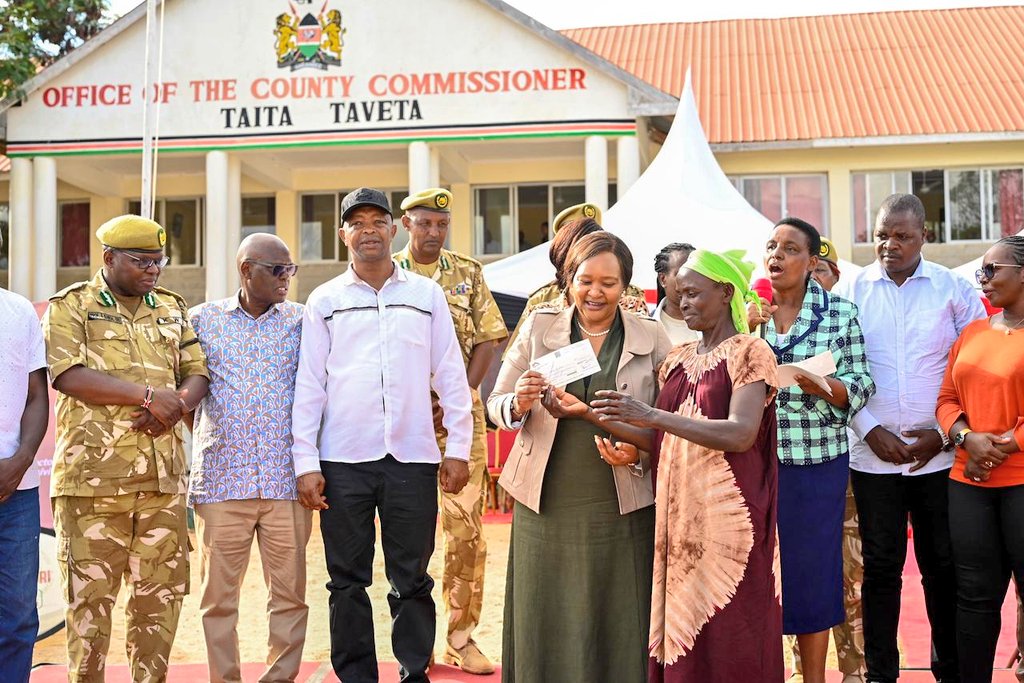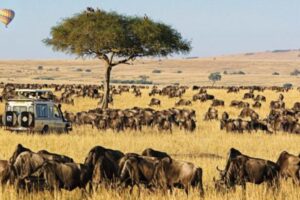Taita Taveta County, a region known for its wildlife-rich environment, continues to carry a heavy toll as interactions between people and animals often result in injury, loss, and damage.
As home to Tsavo East and Tsavo West National Parks, the county finds itself at the heart of one of Kenya’s most pressing challenges — making space for both wildlife and people in shared territories.
With more than 60,000 incidents recorded nationally in the past 15 years, this county ranks among the most impacted.
This is partly due to its role as a cross-border corridor connecting Kenya and Tanzania’s protected ecosystems.
Wildlife, especially elephants and predators, frequently roam beyond park boundaries, disrupting local livelihoods in the process.
Cabinet Secretary for Tourism and Wildlife, Rebecca Miano, affirmed that helping residents is a top priority, but the goal is to reduce such events over time.
Her statement captured the intention behind the ministry’s plan: “Our commitment is to make conservation work in a way that benefits local people. We want to shift the conversation from damage to coexistence.”
The Ministry is not just handing out support.
Their approach includes real changes on the ground.
Among them are improved fencing powered by electricity to block animals from entering farms and homes, safer livestock enclosures known as predator-proof bomas, and alert systems to warn residents early before animals draw near.
These steps are part of a broader approach led by the Ministry of Tourism and Wildlife.
Through stronger partnerships with local communities, new wildlife conservancies are also being supported.
These locally-managed areas aim to balance nature protection with income generation through eco-tourism and smart land use.
Such steps reflect a government effort to put long-term solutions into action—not just by responding to past events, but by reducing the chance of future ones.
With support from public and private stakeholders, and continued dialogue with communities, there is a renewed push to create lasting balance.
As part of this shift, the ministry has committed additional funding and is in the process of updating policies and legal tools to better support those living closest to wildlife corridors.
Taita Taveta may soon serve as a reference point for others in similar conditions—showing how people and nature can both survive without one being harmed by the other.





















